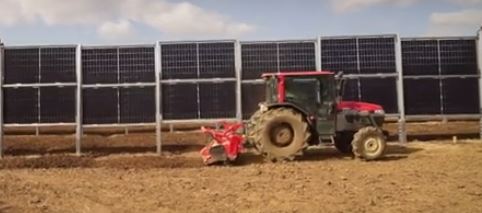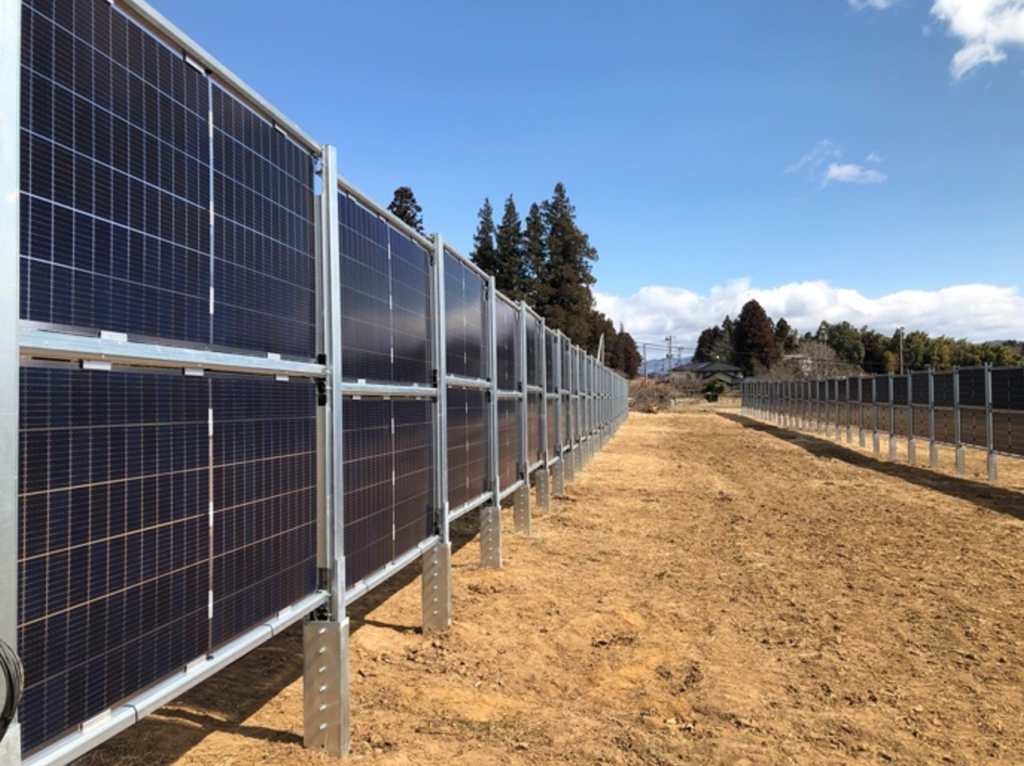Japan's Institute for Sustainable Energy Policies (ISEP) and Japanese EPC contractor Ryoeng Co., Ltd., have built an agrivoltaic system with a vertical design in Nihonmatsu City, Fukushima Prefecture.
The system is south-oriented, not west-east oriented as is usually recommended for vertical installations due to topographical restrictions, the ISEP said in a statement. The project owner is Nihonmatsu Community Energy.
The solar modules for the facility were supplied by German manufacturer Luxor Solar, which provided n-type heterojunction panels for the project. The vertical mounting system was provided by German specialist Next2Sun. The array design was adapted to comply with domestic wind speed standards. Ground and bearing capacity surveys were also conducted to ensure sufficient resistance to strong winds.

The distance between the panel rows ranges from 8 to 10 meters and the agricultural surface within the rows will be utilized by local livestock farmers as pasture.
Japan's New Energy and Industrial Technology Development Organization (NEDO) recently released new guidelines to develop and build ground-mounted agrivoltaic facilities in a bid to increase the presence of such projects in the land-scarce country.
Popular content
According to recent statistics from the Ministry of Agriculture, Forestry and Fisheries, 200 MW of grid-connected agrivoltaic projects were in operation in Japan by the end of September. The projects cover a total surface area of around 181.6 hectares and they are spread across the entire country.
*The article was updated on April 29 to specify that the project owner is Nihonmatsu Community Energy.
This content is protected by copyright and may not be reused. If you want to cooperate with us and would like to reuse some of our content, please contact: editors@pv-magazine.com.



I would be inconsolable over shading losses if I hadn’t found a manufacturer who put in a few workarounds for those. All right!
What is efficiency of this plant?